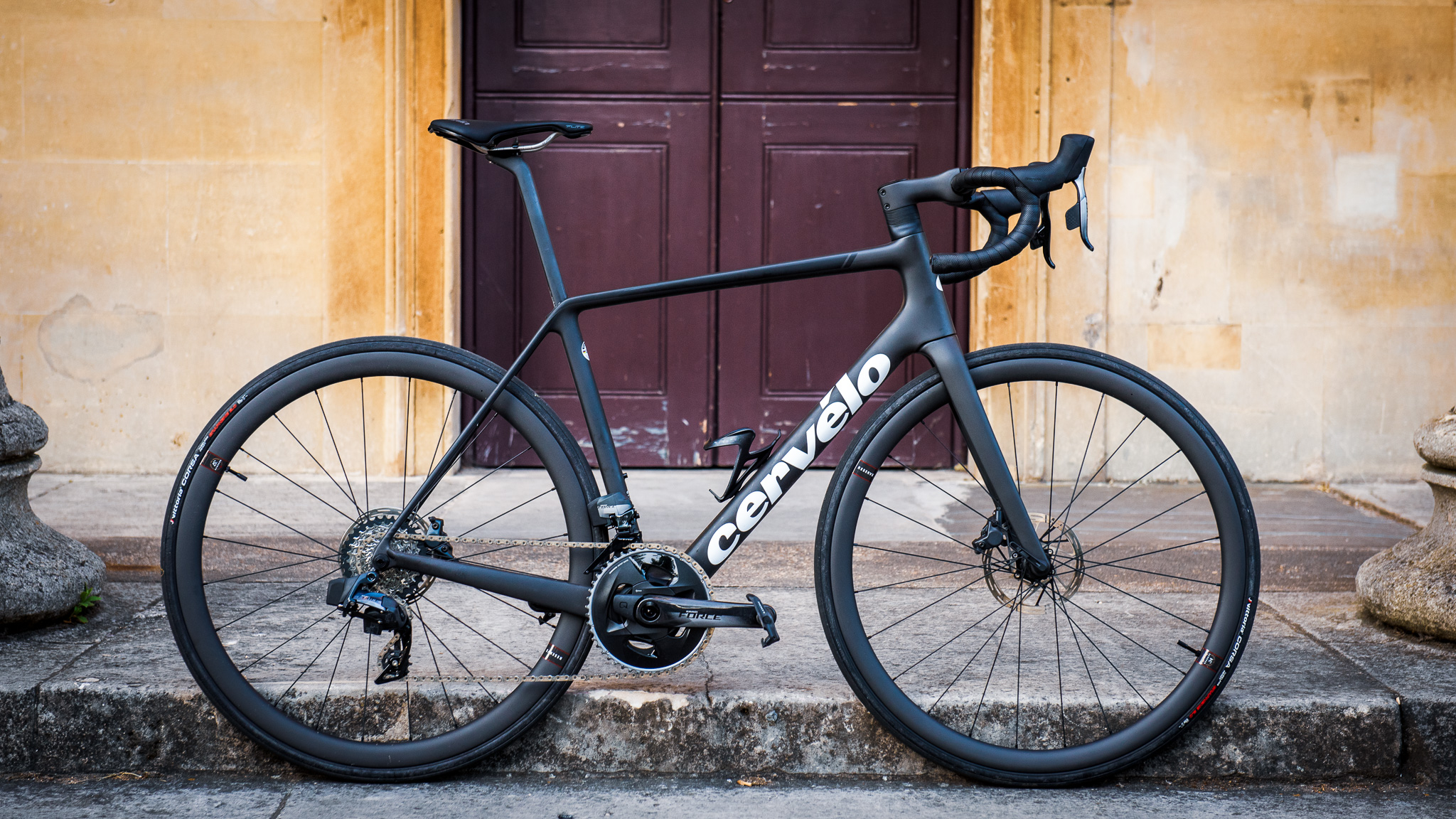Cyclingnews Verdict
A WorldTour racer which increasingly fits the requirements of a wide array of riders, the already excellent R5 series had a huge step on with the newest iteration
Pros
- +
Extremely lightweight frameset
- +
Rigid racey ride character
- +
34mm clearance offers great versatility
- +
Assured handling
- +
Strong build and own-brand components
Cons
- -
Not competitively priced
- -
Seatpost slipping was a frustration
You can trust Cyclingnews
Cervélo is a brand with true lineage in modern WorldTour cycling. Granted, compared to Bianchis or Colnagos the US bike maker is a relative newcomer, but few other brands have been borne out of an obsession with performance in quite the same way - and fewer others have used the WorldTour as a test lab.
Founded by Gerard Vroomen and Phil White, when the two initially designed an almost extraterrestrial Baracchi TT bike and the brand was soon on the WorldTour with the aerodynamically innovative Soloist.
The R5, though, was created with a fixation on weight - and it stunned the cycling world when it became the first frame to dip below the 700g mark with the R5 Project California. Today, the fixation on weight has faded somewhat as riders and brands have prioritised aerodynamics and versatility.
However, this generation of the R5 still comes in at a claimed 703g - 130g lighter than the previous generation – a boon for the Visma-Lease a Bike squad which has now won back-to-back Tour de France titles on the bike. Jonas Vingegaard may mix his time between the R5 and S5, but the lighter-weight character of the former meant it has been his consistent weapon of choice in the mountains.
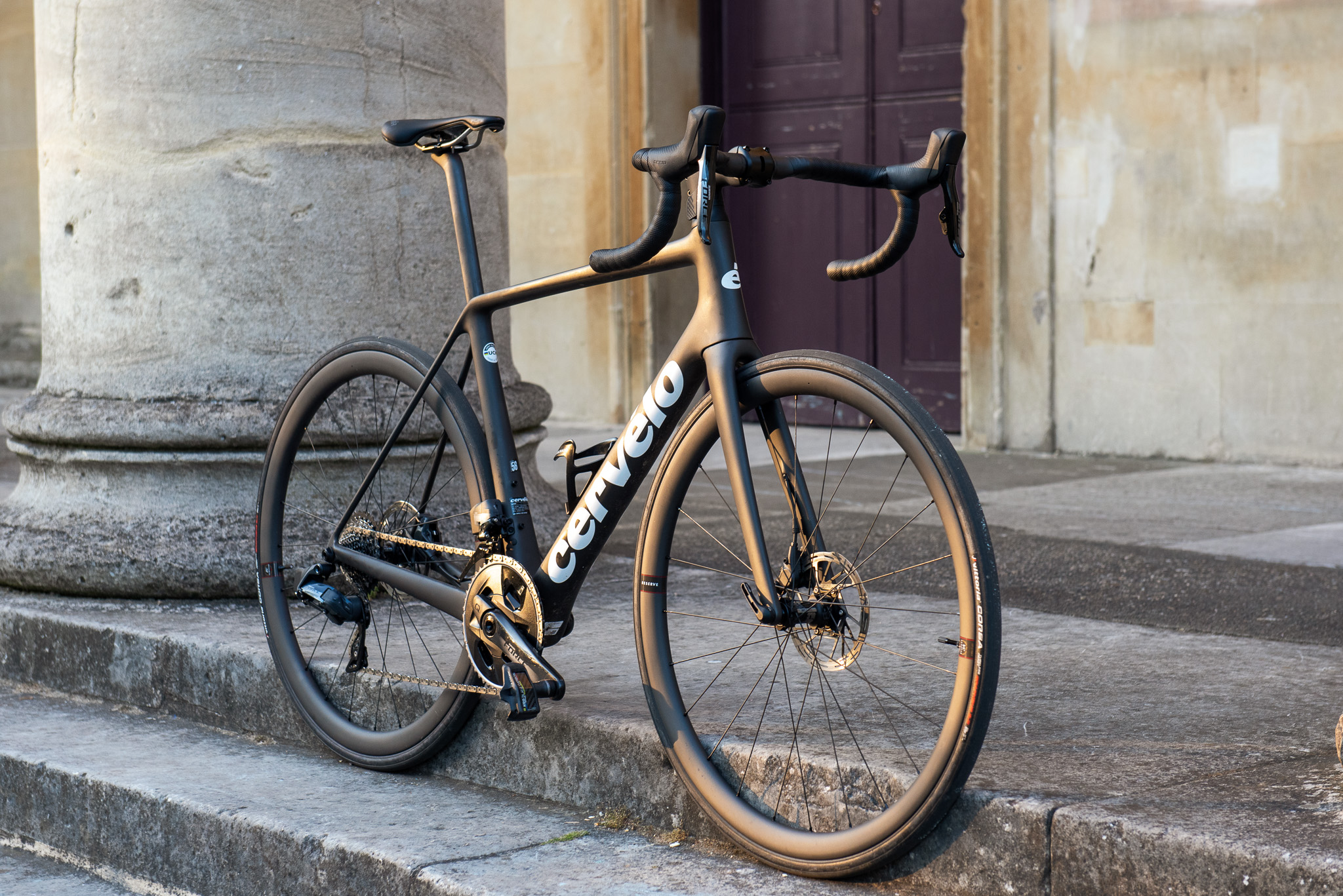
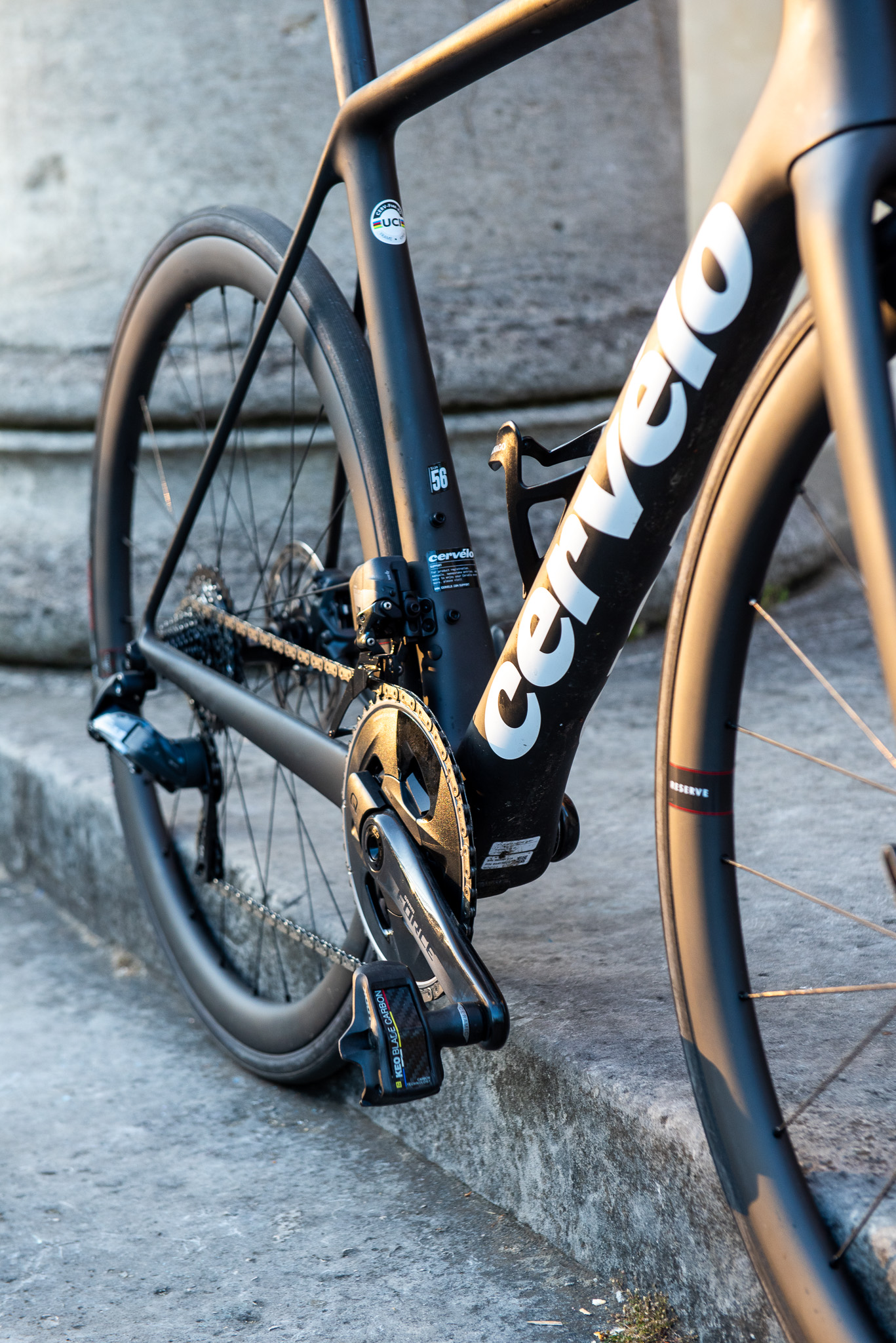
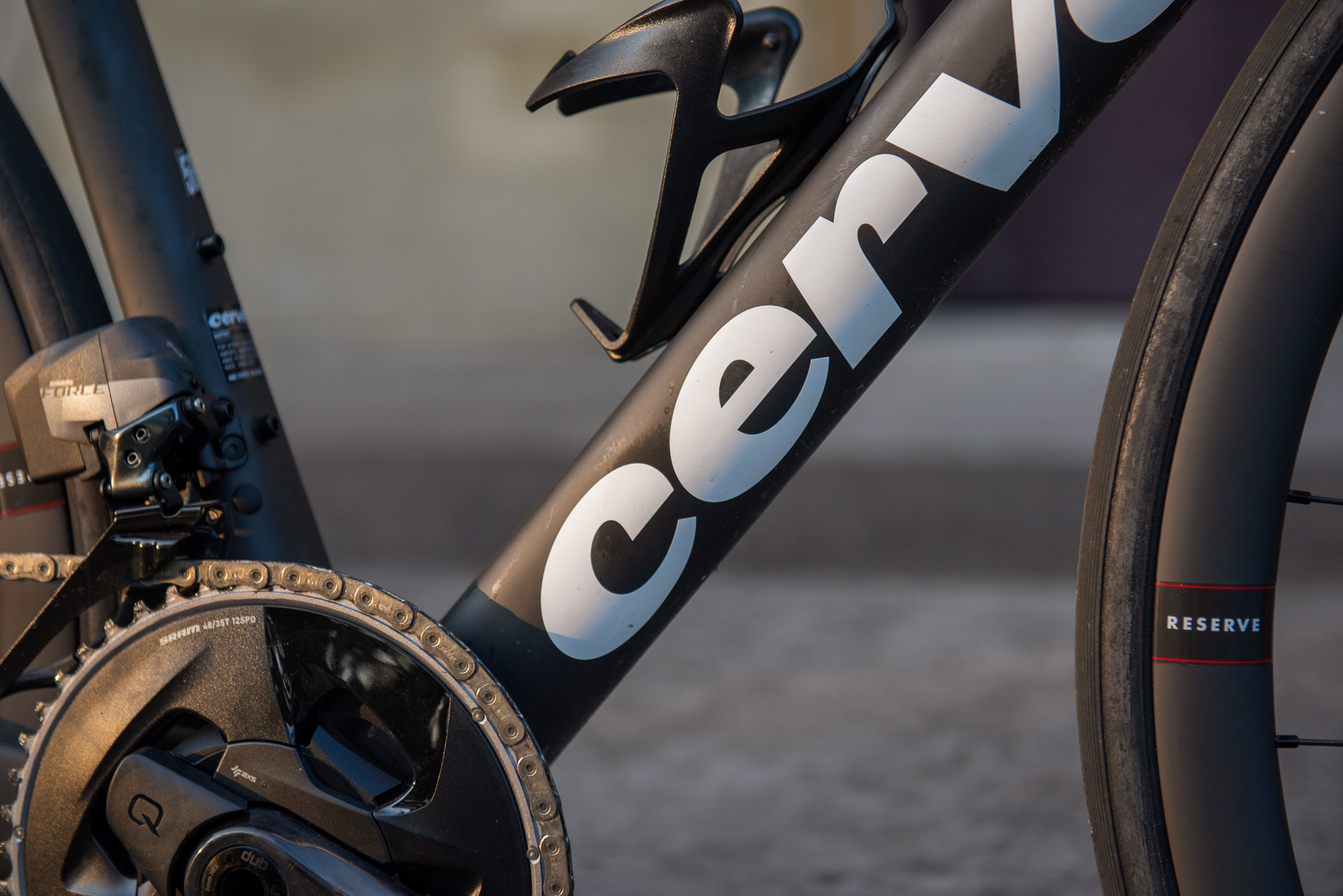
Of course, in the age of Specialized’s claimed 585g Aethos the R5 is no longer industry-leading, while it still culminates in a bike that weighs less than 7.5kgs. Our 56cm test bike weighed in almost exactly at 7.39 - a very solid weight in the era of disc brakes.
Interestingly, Cervélo never lauded the aerodynamic credentials of the new R5 frame – instead directing fans of pure speed to the stalwart aerodynamic S5. However, Cervélo did focus on gains in the front end to see overall drops of 25g in terms of aerodynamic drag compared to the previous R5 - for reference, 10g of drag is approximately 1 Watt, though this is velocity dependant. The tactics were simple - removing all external cables and integrating them within Cervélo's proprietary ST31 carbon stem.
The R5 followed a bit of a movement away from aerodynamic fixation and back to overall weight and versatility - perhaps kicked off by the super light Specialized Aethos. But the focus away from the frame itself is wise, as the front end, handlebars and cables play a much more prominent role in aerodynamics and can be hugely improved with less sacrifice in cost and broader frame design.
While black is always the fastest colour, that was also an engineering choice for Cervélo with the R5. The Cervélo Five Black paint job was chosen specifically to cut weight, but in the flesh cuts a handsome figure complemented by a matt finish. The subtle branding also promises a level of future-proofing no matter where frame design trends lead.
Bucking a further trend in frame building, Cervélo claimed that the frame was – oddly – less stiff than the outgoing version of the R5. Having ridden that model I was happy to hear that, as the frame tended to overcook the benefits of rigidity - transferring power well but feeding a little too much of the road back to the rider.
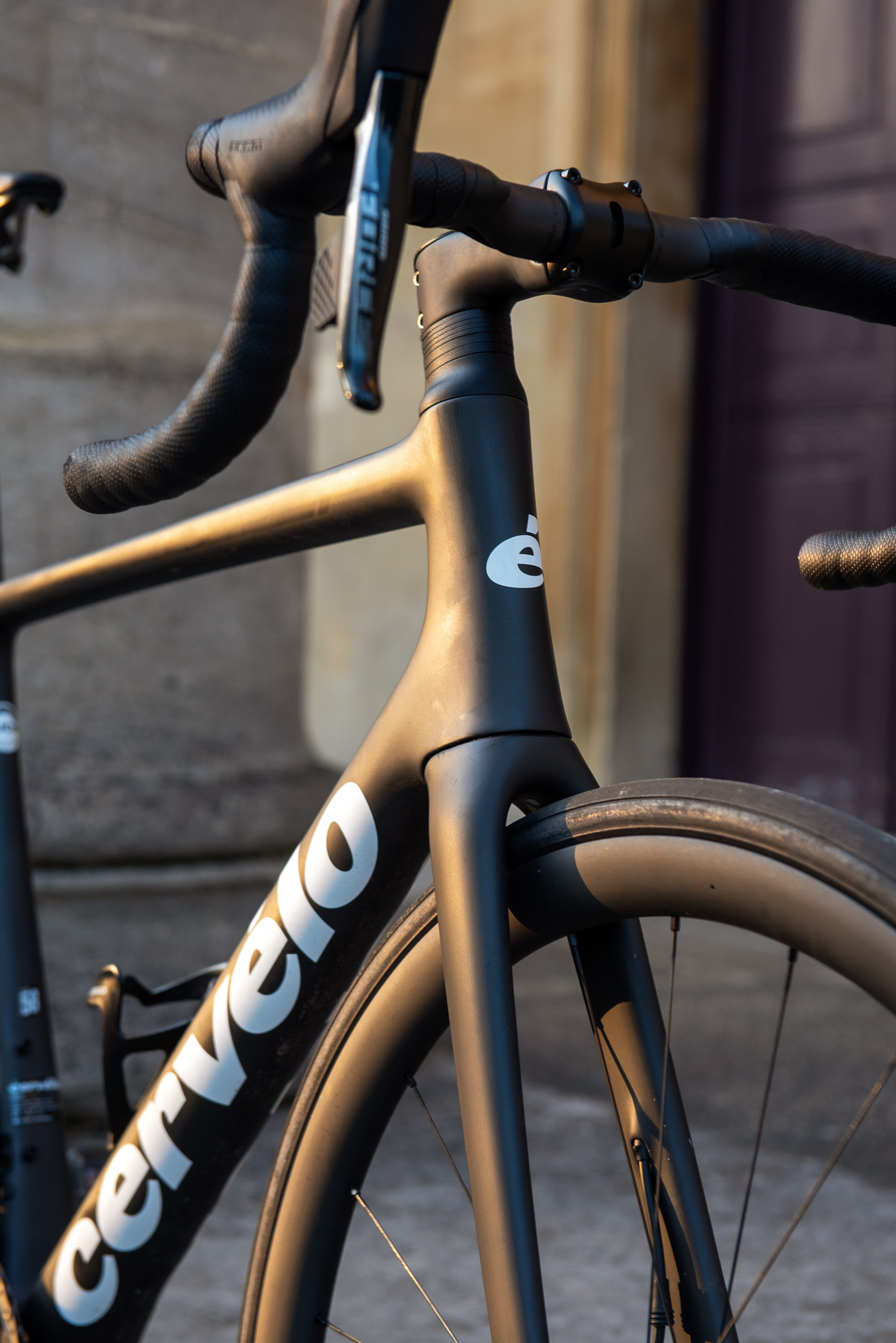
This focus on rideability makes a palpable difference - with softer carbon being used in the fork, while the headtube has also had the rigidity dialled back and lowered to improve compliance.
While a lowered headtube had me wondering if the R5 was taking on a racier character, the reduction probably reflects that the R5 has historically had a high headtube for the perceived rigidity gains (the classic Cervélo S5 was infamous for its near ludicrously tall front end). Indeed on my 56cm frame, the R5 headtube height is the exact same as an equivalently sized Tarmac SL7 - perhaps a testament to how much geometry on endurance road racers have converged.
The new frame was the result not only of multiple iterations and feedback, but of WorldTour testing too. At the time of its initial release in 2022, Tom Dumoulin described ‘loving’ it. Of course, sponsored athletes' feedback is never an objective offering (aside from the occasional Bauke Mollema outburst).
Tweaks to carbon fibres, layup and geometry can always be convincing on paper, but the culmination of a bike’s parts can change things dramatically. In that sense the offering of 34mm tyre clearance and tubeless tyres (with Reserve’s Filmore tubeless valve system - which we’ll get to later), is welcome.
But whether this came together on the road was the real question.
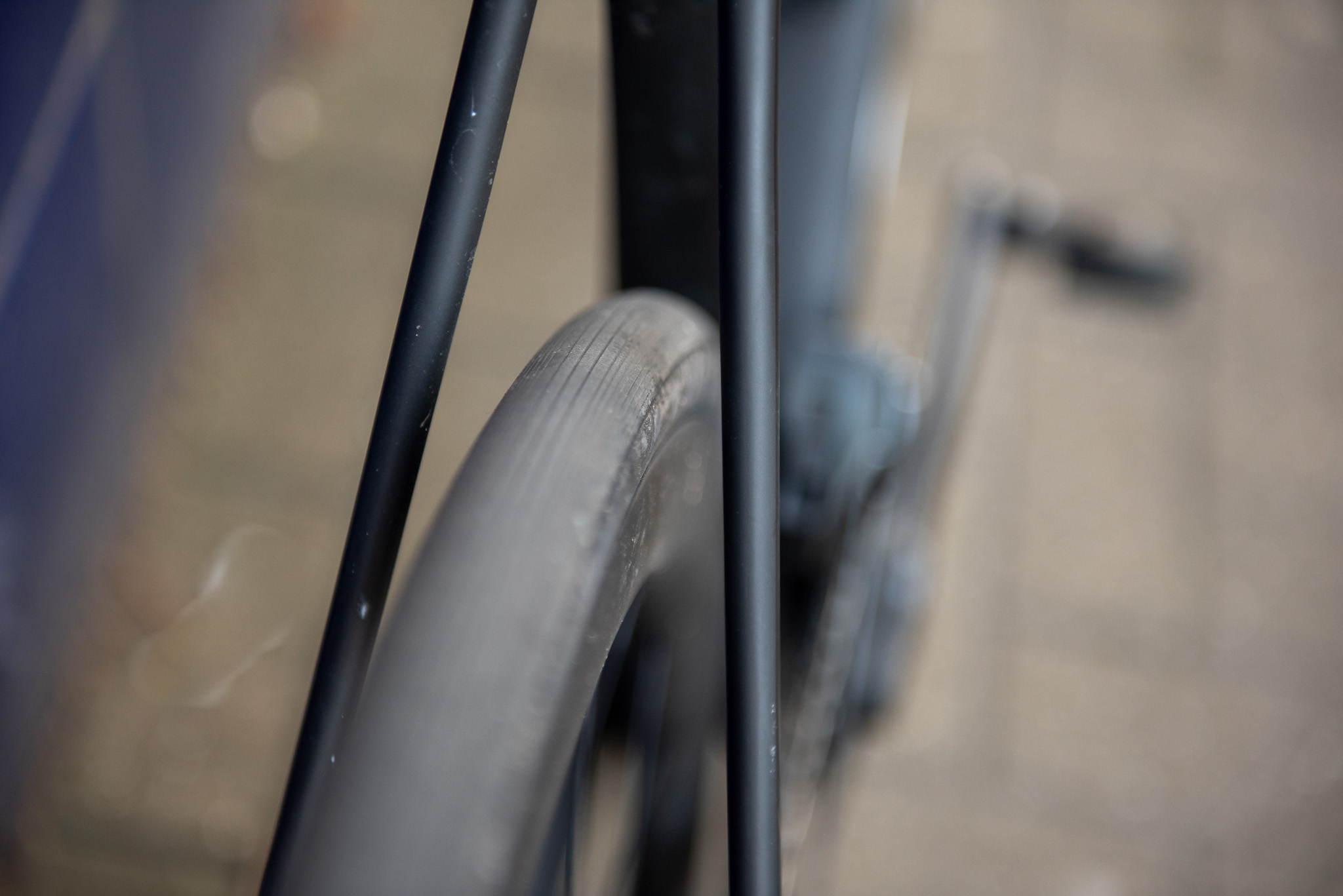
The ride
I’ve enjoyed the R5 for an extended loan period, spending nearly a year with the bike (hence while this is the exact same frame, colourway and finishing kit, newer versions of the R5 are offered slightly different spec if bought today). In that time I’ve also ridden other exceptional bikes – the Argonaut RM3 most notable among them –but the R5 was the staple workhorse across my riding.
In that sense, before even dissecting the performance, it’s worth noting that the R5 is a step on from the WorldTour racers of yesteryear. The Specialized Venge or original Ceverlo R5 were both renowned for being rapid bikes, but punishingly uncomfortable on rough surfaces and with barely 25mm tyre clearance offered no escape routes from their bone-jarring ride quality. In recent years, disc brakes and wide tyres have allowed the once unsuitable characteristics of a WorldTour bike to marry nicely with the everyday rider, and the Cervélo gives us a perfect case study.
Cervélo's newest certainly feels rigid – sometimes providing a reassuring jolt over rough surfaces and turning speed quickly under pressure – but it was never a disturbing ride even with the specced 25mm tyres at 70-80psi. I felt confident to ride across everything – even veering onto the occasional gravel track.
However, while versatility and comfort are fetching characteristics, anyone buying the R5 clearly has speed and climbing ability at the forefront of their minds – and the Visma-Lease a Bike team certainly puts a laser focus on performance, evidenced by years of innovation in bike tech across the season.
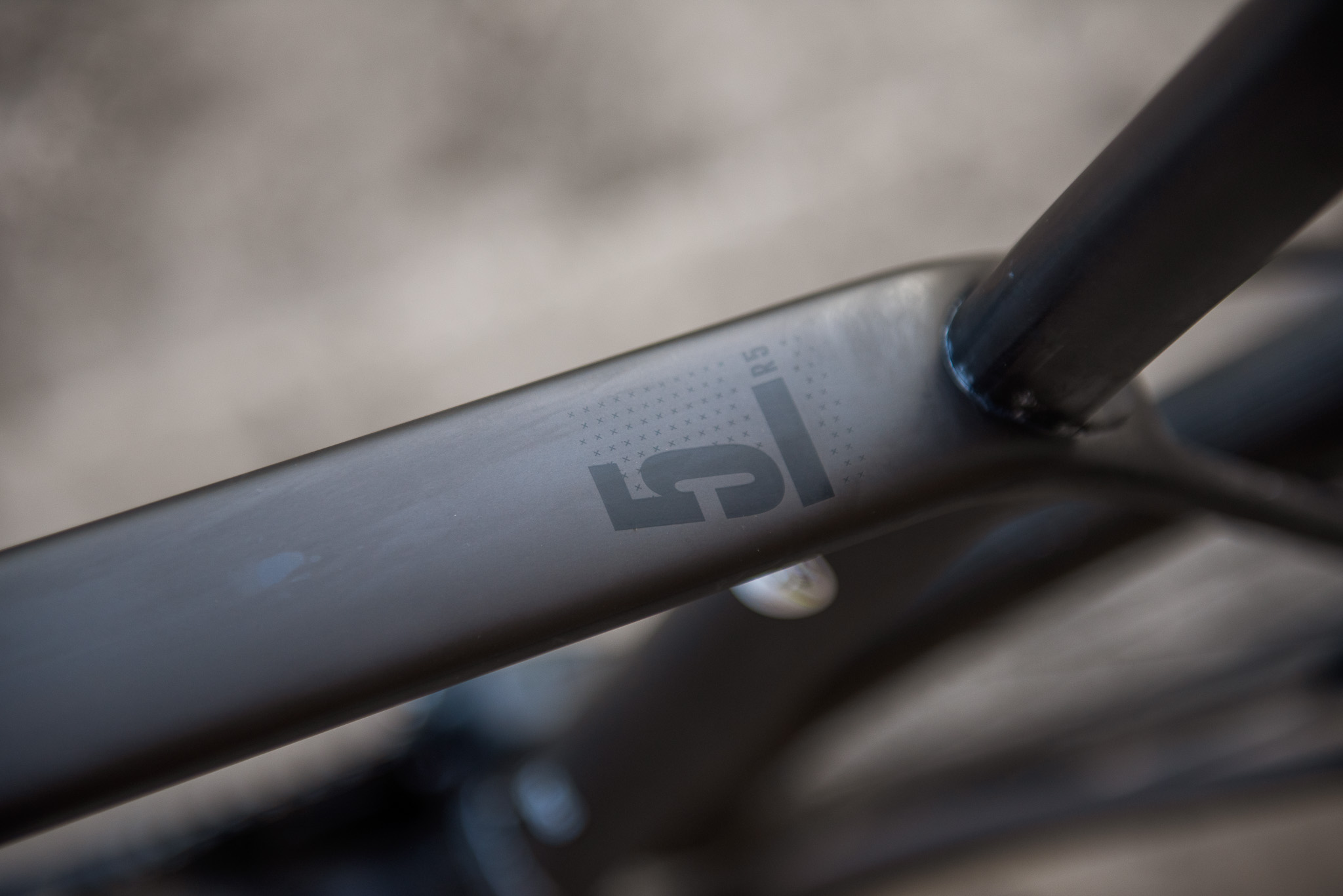
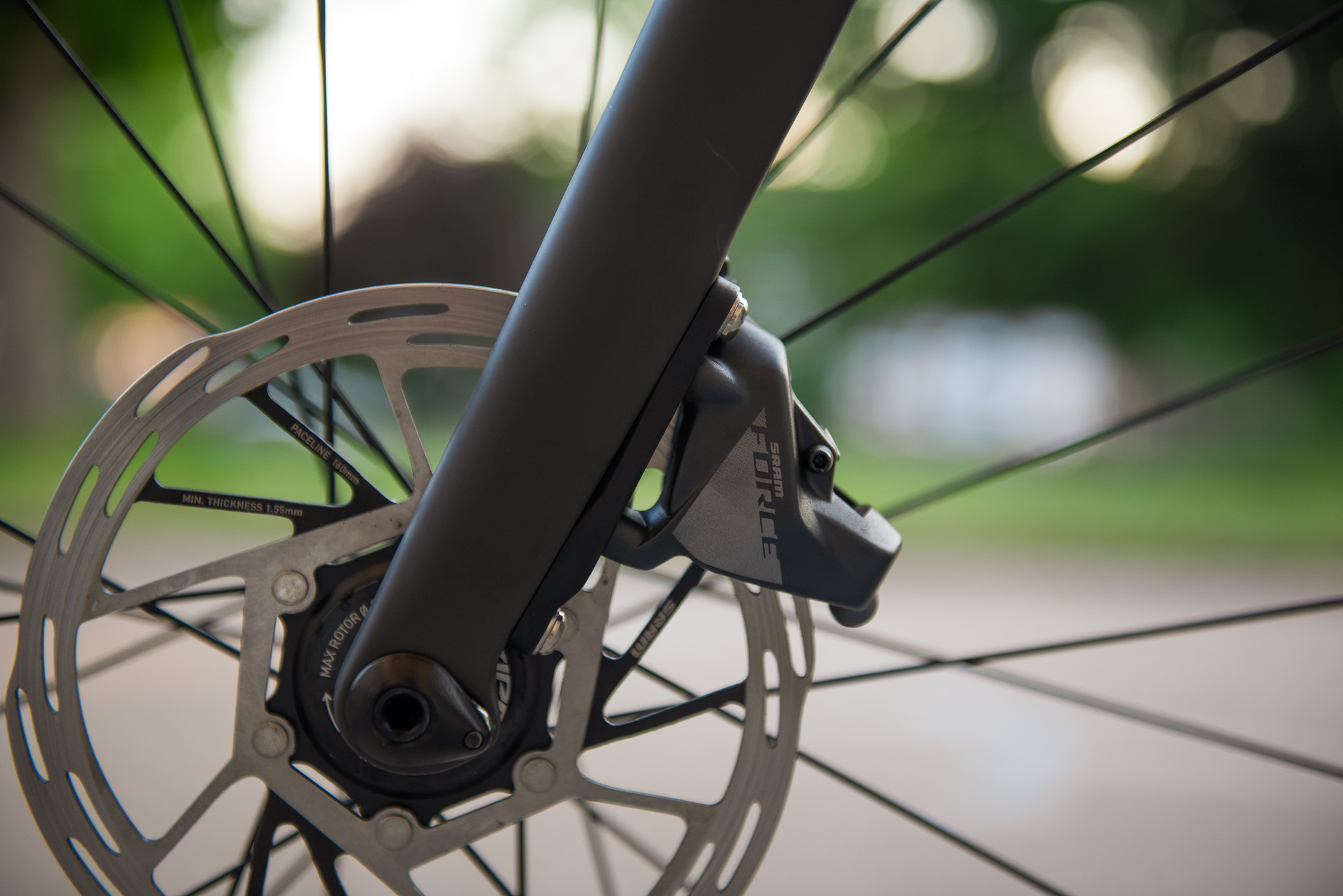
Rest assured, then, that the R5 is rapid.
Despite the claimed reduction in stiffness, I was at a loss to feel any change compared to the R5’s stiffer predecessor when it came to power transfer. Any input on the pedals seemed to deliver a relative jolt in acceleration with urgency.
Of course when it comes to lateral stiffness it’s worth remembering that the frame has to work with everything holistically, and I think this front-end setup and wheelset helped to preserve overall rigidity well.
The front end and fork also delivered rigidity when it came to the handling characteristics that stiffness here prioritises. The R5 was assured when it came to descents, handling in an assured way that let you push into corners. It's almost surreal to consider the R5's rim-brake forebear, which I can remember tepidly descending on in wet weather. The combination of wider tyres and the control of disc brakes meant I was confident to push so much harder and faster downhill.
The R5 offered me a steady resonance from the road throughout too. I always felt connected with the gentle buzz of the road, which also offered the bike a natural sense of speed.
This certainly isn't pitched as an aero speed machine, but the difference in drag is palpable on long flat stints, where the R5 would hold its speed in the 40kph territory in a way that didn't feel totally distinct from an aero road offering.
The combination of low weight and solid transfer certainly inclined the R5 to climbing, and as far as my power can stretch I’m certain I wasn’t suffering from any reduction in stiffness in overall speed terms.
In terms of climbing, it’s no mystery why Jonas Vingegaard elects for this bike in the mountains, as the low weight and general racey character makes it one of the most all-round climbing frames on the market. For me, it would be a natural choice for any weekend in the mountains.
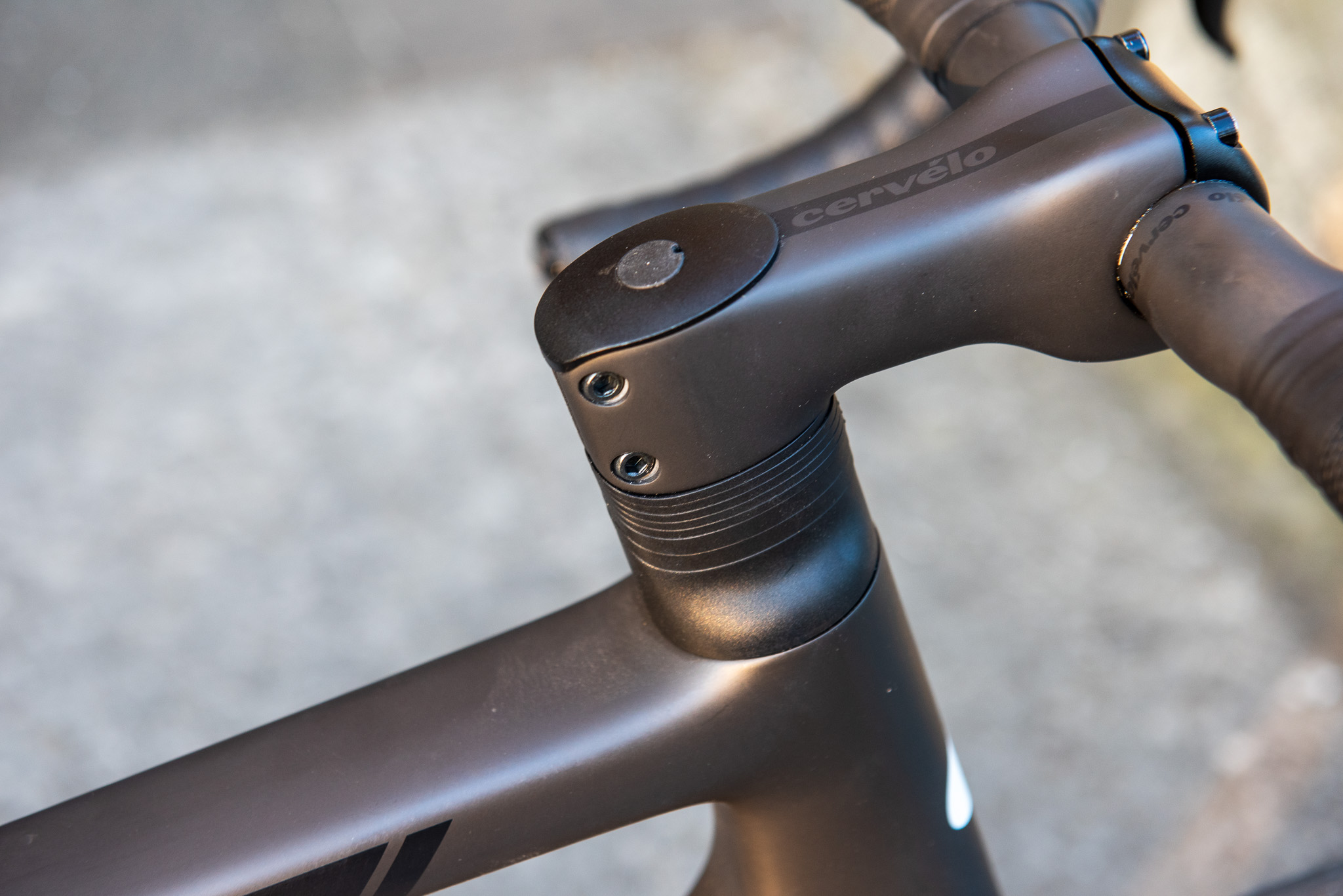
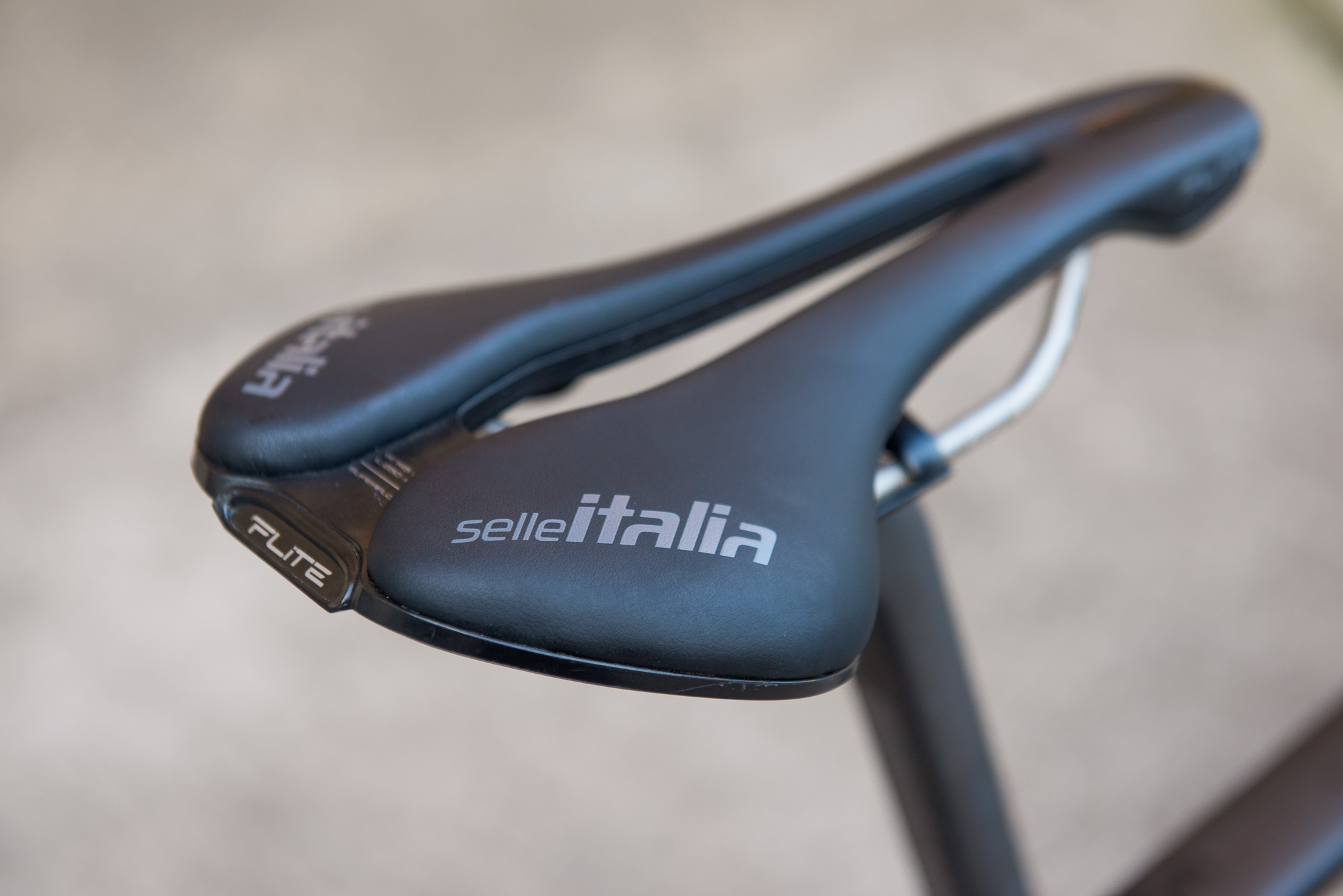
Cervélo has done a nice job in building a bike that’s more than the sum of its parts too. I’ve become an increasing fan of Sram since the advent of AXS, and the inclusion of a Quarq Zero power meter adds to the broad appeal as a climbing companion.
As discussed, the own-brand stem and handlebar do a good job in aerodynamic and weight terms, but also deliver an understated finish to the R5, while the carbon combination is distinct from the aluminium offering for parts of the cockpit of a Tarmac SL7 or SL8 at this price point.
While it’s hard to consider value at this price point, cutting slightly short of the full Red AXS WorldTour identikit build this is arguably the R5 for the price-conscious. In that sense it is a tad pricey. A similarly specced Canyon Ultimate CF SL8 comes in a full £2,000 cheaper, while a Tarmac SL8 with the same groupset and a carbon wheelset is just £8,000.
This generation of the R5 is far from brand new, though, and can be found at some extremely good price points across different retailers. The 2023 Ultegra Di2 spec is also slightly more affordable, albeit short of a power meter.
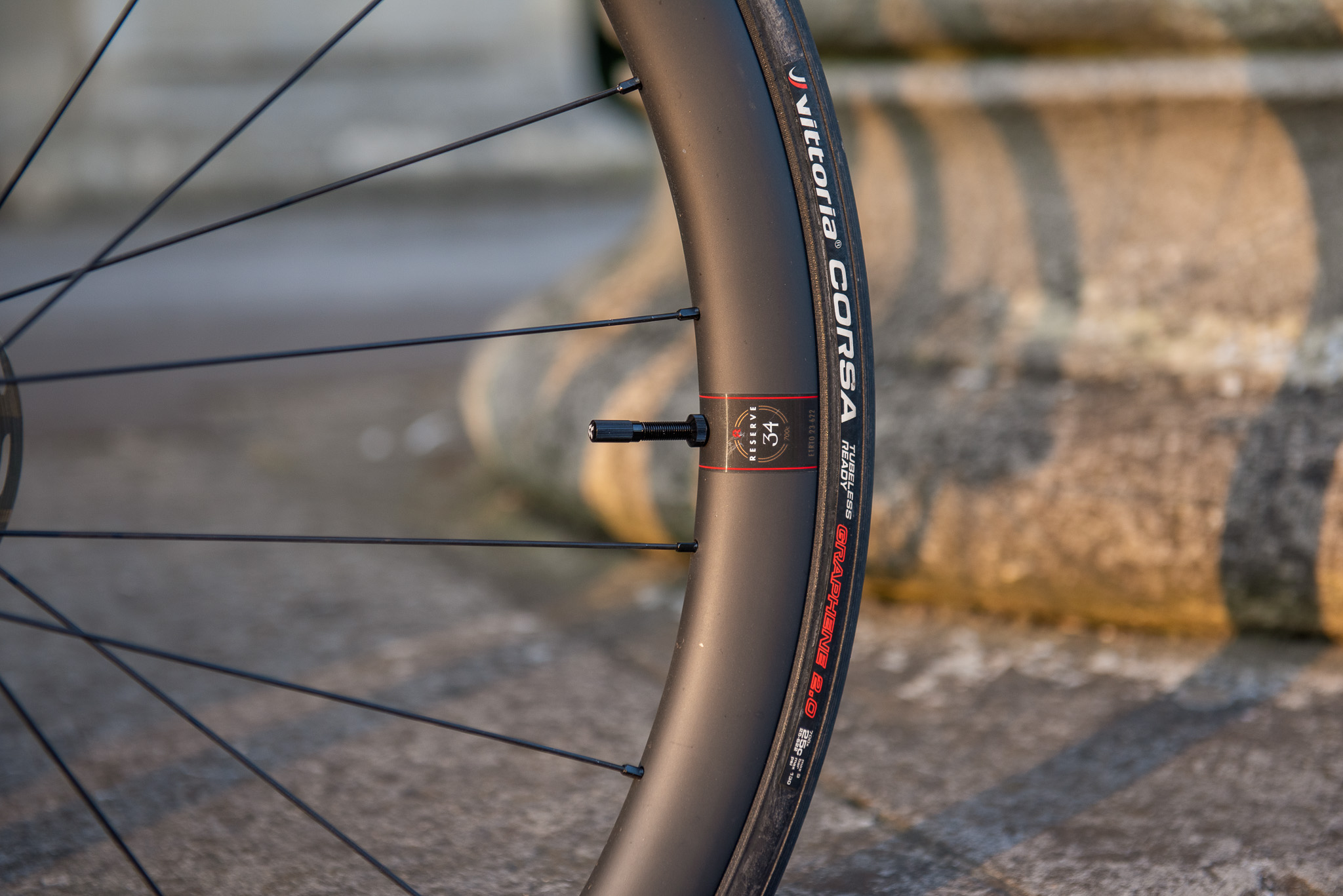
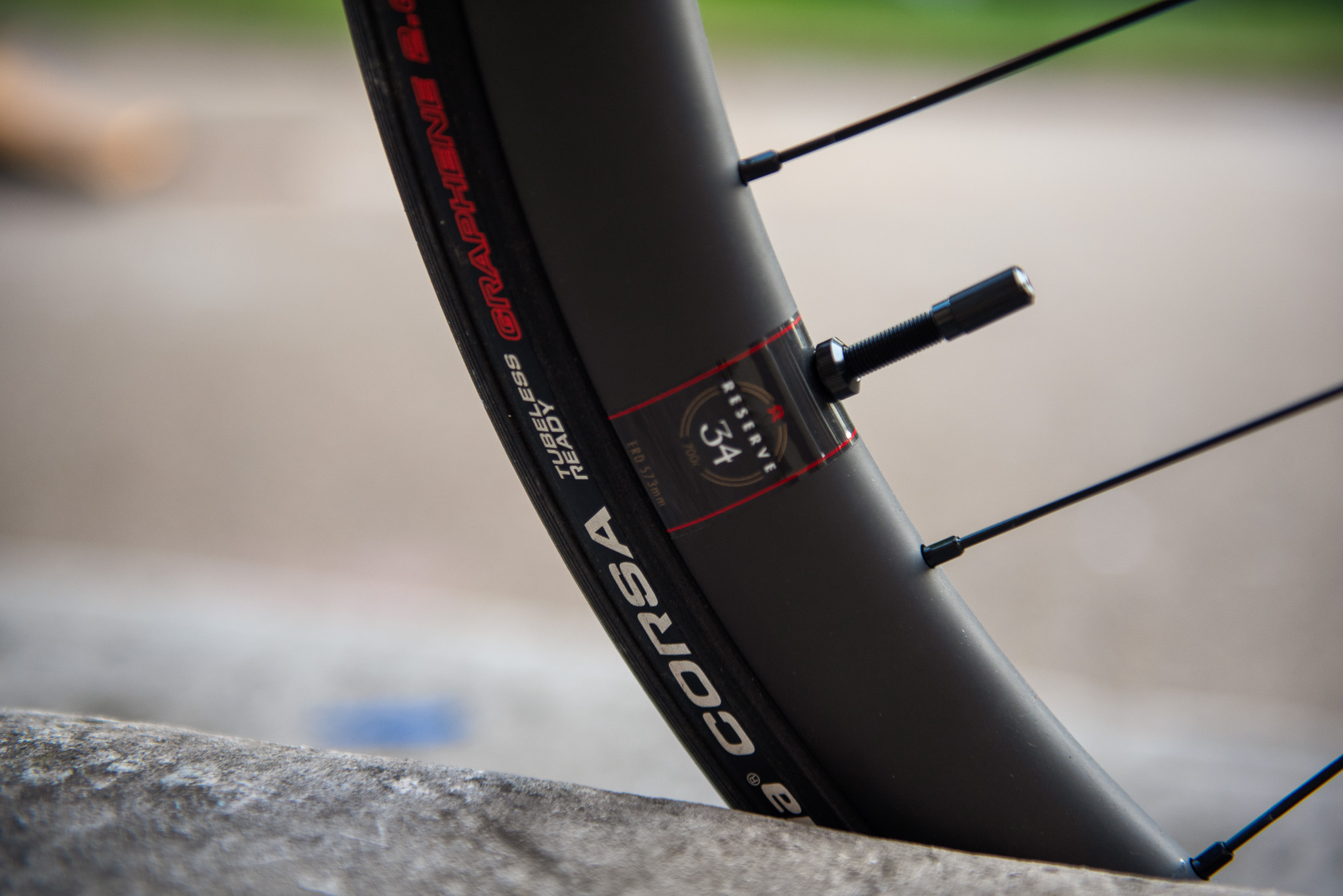
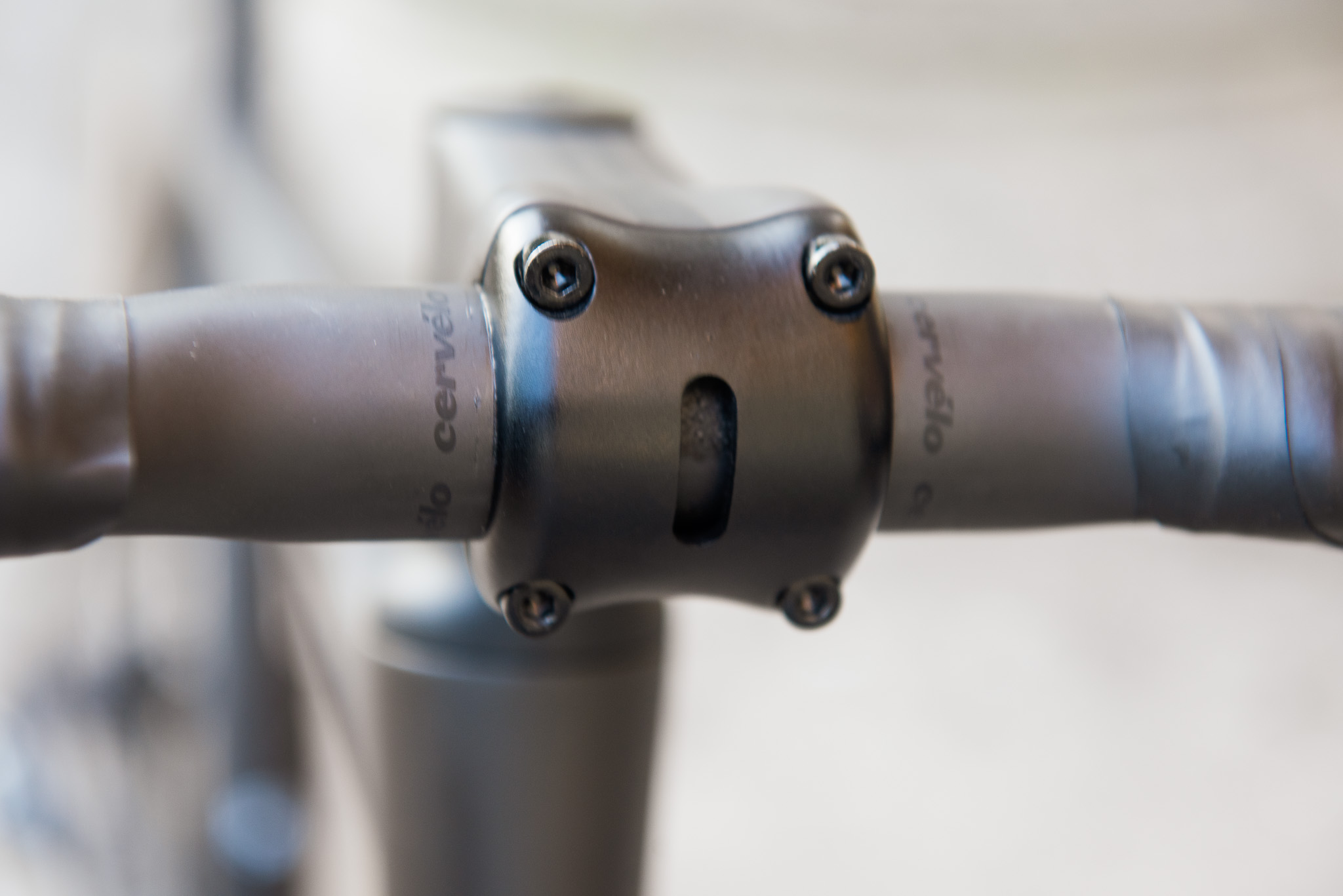
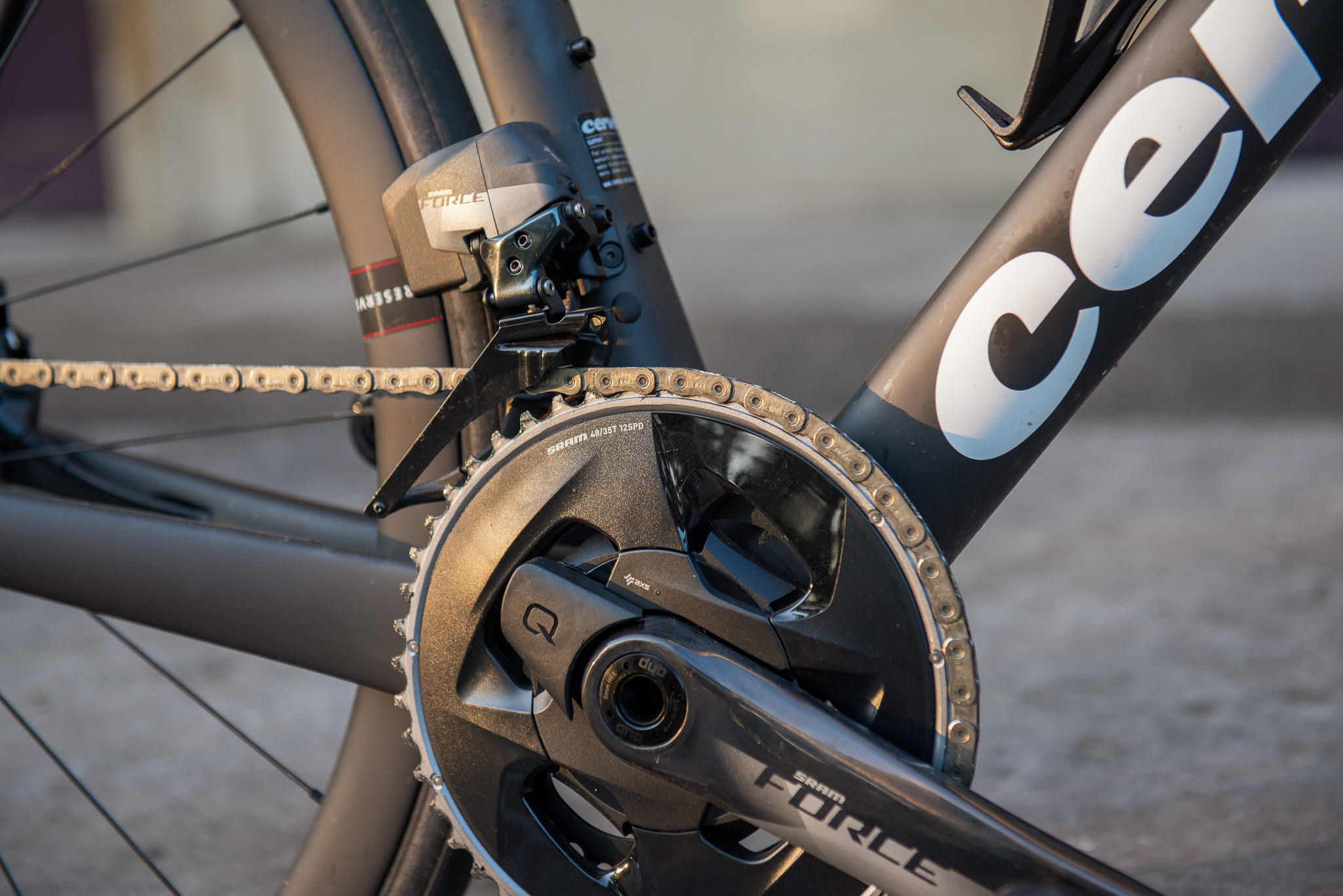
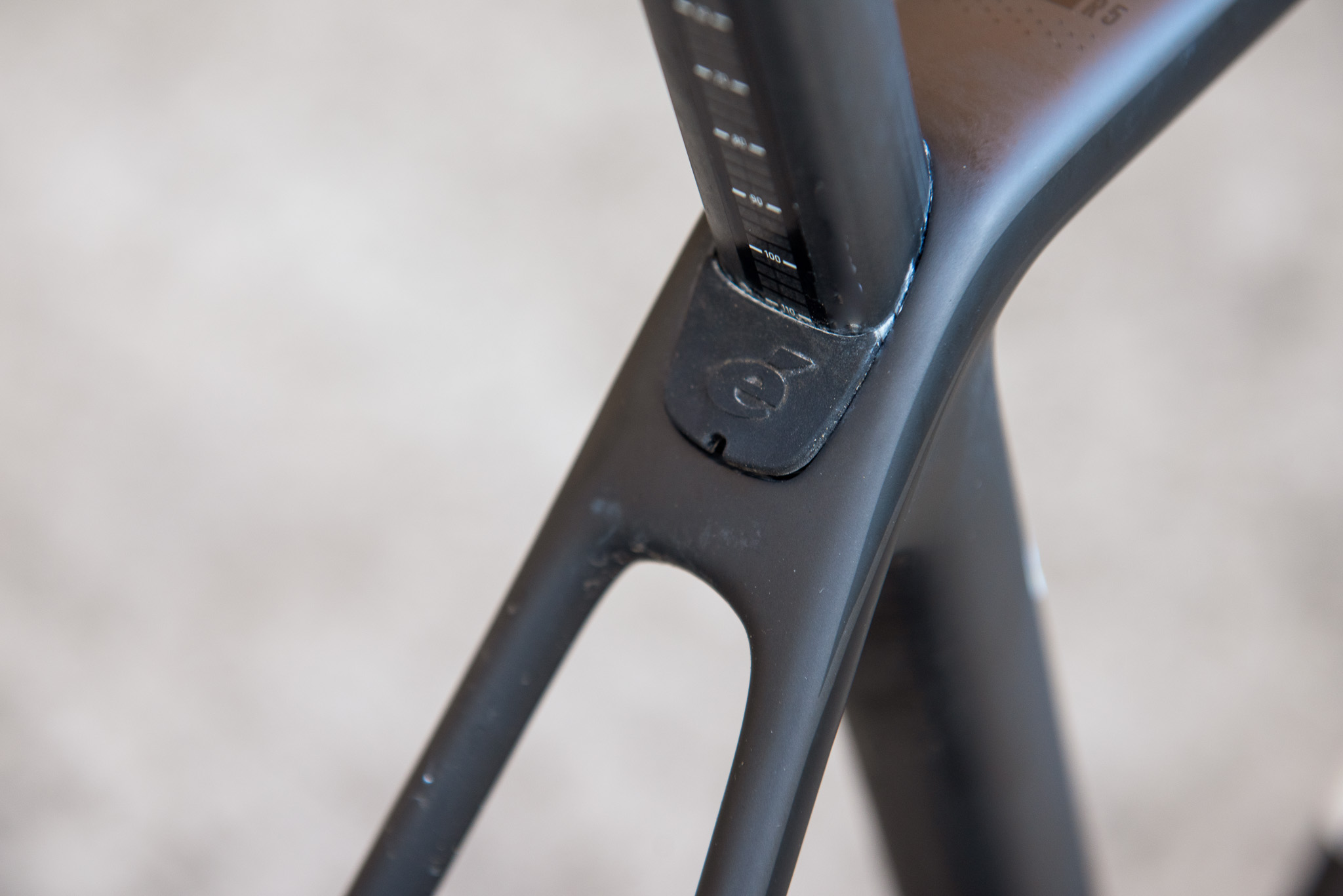
Reserve’s wheels also deserve a solid mention. This is a light, aerodynamic and tubeless-ready wheelset. A rear 37mm and front 34mm depth balances weight, aerodynamics and aesthetics nicely. While I was initially sceptical about the Filmore valves, simply having no idea what I was looking at when I first laid eyes on the bike. These make life easier from a sealant and installation perspective, and you can read our in-depth Filmore review for more explanation of the merits.
The Vittoria Corsa Graphene 2.0 tyres are an established favourite amongst performance tubeless tyres. I was impressed with them throughout my riding on the R5, though if I was to ride the R5 indefinitely perhaps I’d have sided for a slightly wider 28mm equivalent to reduce the resonance from rougher surfaces a tad.
The only criticism I could level at the build, and perhaps the R5 overall, is the aerodynamic seatpost. It took a substantial amount of grip paste and tightening beyond the recommended torque before I could be sure that there wouldn’t be a gradual slipping through a ride.
Indeed on my first outing, I finished the ride with my knees almost beating my chest, and extremely sore hamstrings.
I’ve always struggled to reconcile myself to a slipping component at this price bracket. This sparked a debate in the Cyclingnews editorial office about the role of mechanical ability in bike assembly and care, but while I appreciate that adequate grip paste is a must, I would hope manufacturing tolerances would be tight enough to ensure that even with minimal paste a seatpost stays in the right position.
Beyond that, this is a WorldTour racer through and through, while managing to mix in enough comfort for a wide range of riding.
Verdict
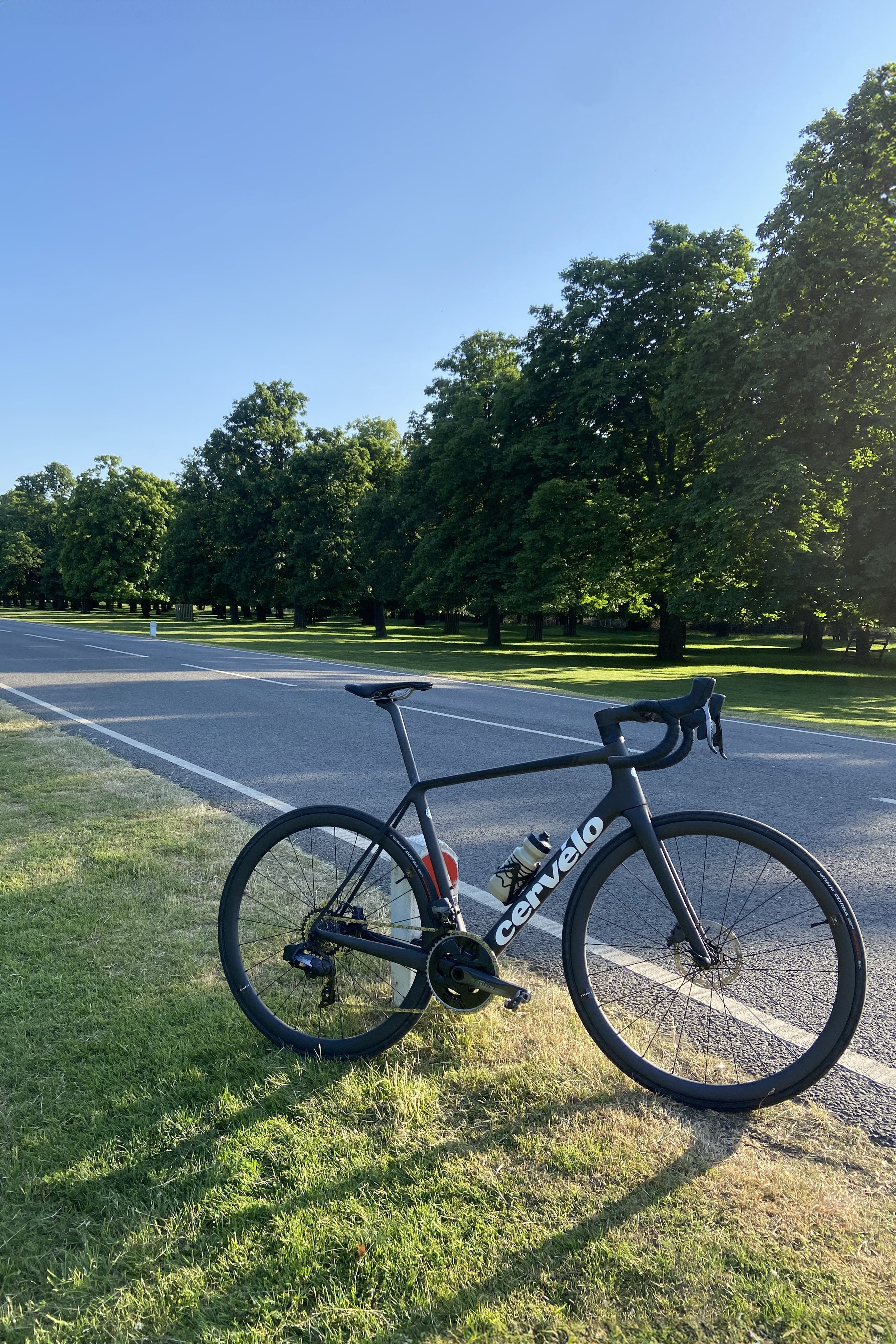
There’s no denying that the Cervélo R5 is a performance bike with some of the finest lineage in the WorldTour. There’s something uniquely special about being able to ride the exact same bike as the now-monolithic Visma-Lease a Bike team.
Perhaps what sets the Cervélo R5 distinctly apart from its predecessors is that it has been built with a wider net of would-be riders in mind, and I feel that the R5 would lend itself to sportive or Granfondo rider just as much as an international racer.
For those chasing Strava PBs and flat-out speed, though, the S5 is likely to be faster and more aggressive aesthetically (if the sharp curves of aero bikes are what appeal) but for a long-term partner in the mountains the R5 is a near-perfect fit.
Of course, the ever-present caveat to praise of any high-end racer is that they’re increasingly hard to pull apart from one another. With that in mind it would be tough to argue the case for the R5 over the Specialized Tarmac, Cannondale SuperSix or Canyon Ultimate if any of those were available at a better price point - and on that front I’ll be interested to see where the next generation R5 situates itself in terms of price amid a trend of top-end bikes to become more affordable.
However, Cervélo is a uniquely slick brand in the history of cycling, and one which is now excelling at the top of the sport – so perhaps no wonder that it's a marque that comes with a premium.
Of course, the ever-present caveat to praise of any high-end racer is that they’re increasingly hard to pull apart from one another. With that in mind it would be tough to argue the case for the R5 over Specialized Tarmac, Cannondale SuperSix or Canyon Endurace if any of those were available at a better price point - and on that front I’ll be interested to see where the next generation R5 situates itself in terms of price amid a trend of top-end bikes to become more affordable.
| Design and aesthetics | Black is always in fashion, and the R5 cuts a modern slick WorldTour figure | 10/10 |
| Build | Cervélo's own-brand components do a great job and the Reserve wheels were a pleasant surprise | 10/10 |
| Performance, handling and geometry | Light, fast and confident handling | 9/10 |
| Weight | The 703g frame is very impressive for a disc brake frame, albeit ot the lightest in class | 9/10 |
| Value | There are cheaper WorldTour bikes at the same spec, and there's a bit of a premium on the Cervelo name | 6/10 |
| Overall | Row 5 - Cell 1 | 94% |

Peter Stuart has been the editor of Cyclingnews since March 2022, overseeing editorial output across all of Cyclingnews' digital touchpoints.
Before joining Cyclingnews, Peter was the digital editor of Rouleur magazine. Starting life as a freelance feature writer, with bylines in The Times and The Telegraph, he first entered cycling journalism in 2012, joining Cyclist magazine as staff writer. Peter has a background as an international rower, representing Great Britain at Under-23 level and at the Junior Rowing World Championships.
